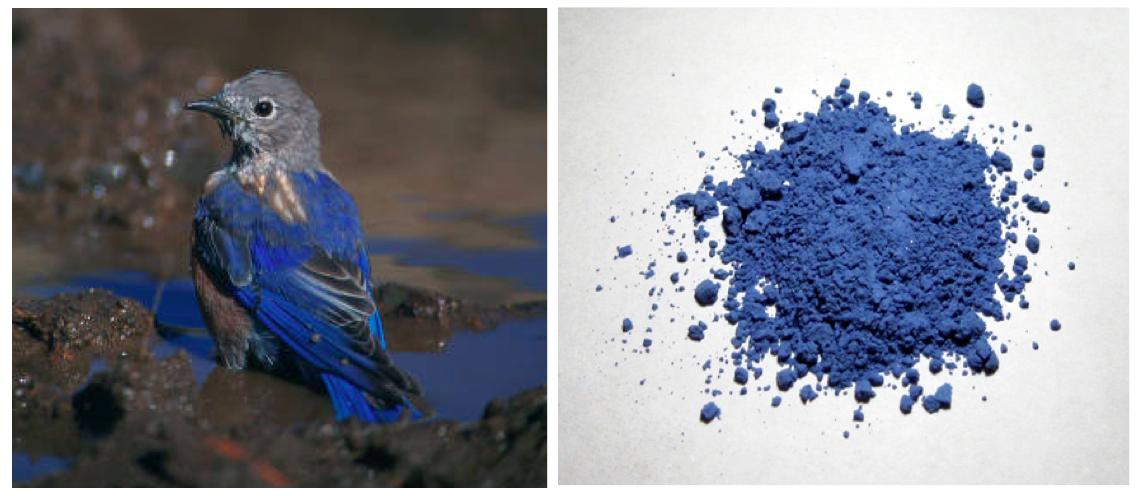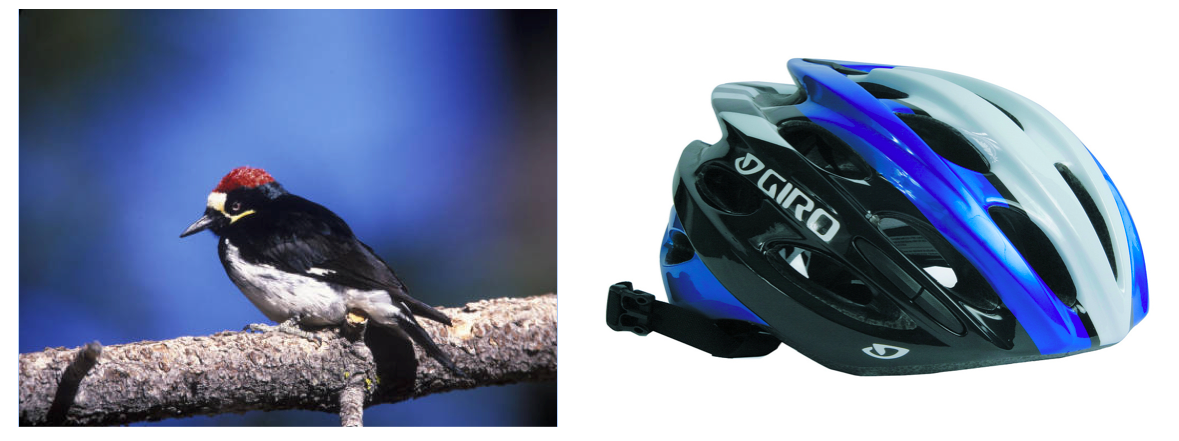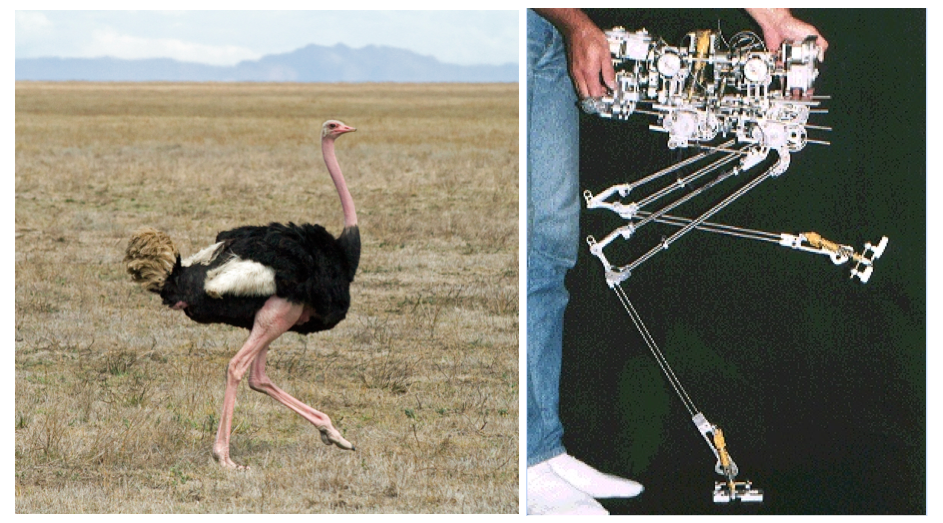Biomimicry—or when human engineers take inspiration from the world around them—happens all the time. Birds are one of engineers’ favorite sources for inspiration, and not just for planes. Here are five other ways our technology has taken a cue from our feathered friends.
1. Fade-resistant paints imitate feather coloring structure.

Birders have been appreciative of the bold colors of birds’ feathers for a long time; more recently, scientists have dug deeper into this appreciation to discover just what it is that makes birds’ coloring so electrifying. As it turns out, the vibrant, everlasting colors are produced by nanostructures within the feather. Engineers are now trying to replicate this structure to get extra-resistant colors.
2. Remote control cars take a hint from bird bones.

Admittedly, we aren’t talking the type of car you by your nephew for Christmas. The state of the art Cirin is a 3D printed rubber band-powered car that is carefully designed to reach speeds up to 30 mph with as little energy as possible. One way the designers conserved? By modelling the car off of bird bones, designers shaved weight by making the frame hollow.
3. Shock absorption in electronics are modeled after Woodpeckers’ heads.

Ever wondered how Woodpeckers don’t get a killer headache or major whiplash? The answer is that their beaks and skulls have serious shock-absorbing properties. Each structure is multi-layered, with some layers hard for protection and others soft for absorption of impact. This same concept is being tried out in helmets and even space shuttles!
4. Bipedal robots stand just like ostriches.

Building a working, walking robot is no easy task—and neither is walking on two feet for many animals. Because the Ostrich is such a master of this second task—with running speeds of up to 43 mph—scientists have looked to ostriches for clues on how to design robot legs.
5. Kingfisher-inspired trains are less of a noise problem.

If you’ve seen a Kingfisher plunge into the water after a fish, you know how impressively little splash it manages to produce. Although air and water are a little different, they are both fluids. While disturbing water can make a splash, disturbing air can make noise. Because of these similarities, engineers designed the front of this Japanese train to look just like a Kingfisher beak… and the noise problem was solved.
By Ada Statler-Throckmorton
Monthly Giving
Our monthly giving program offers the peace of mind that you’re doing your part every day.




